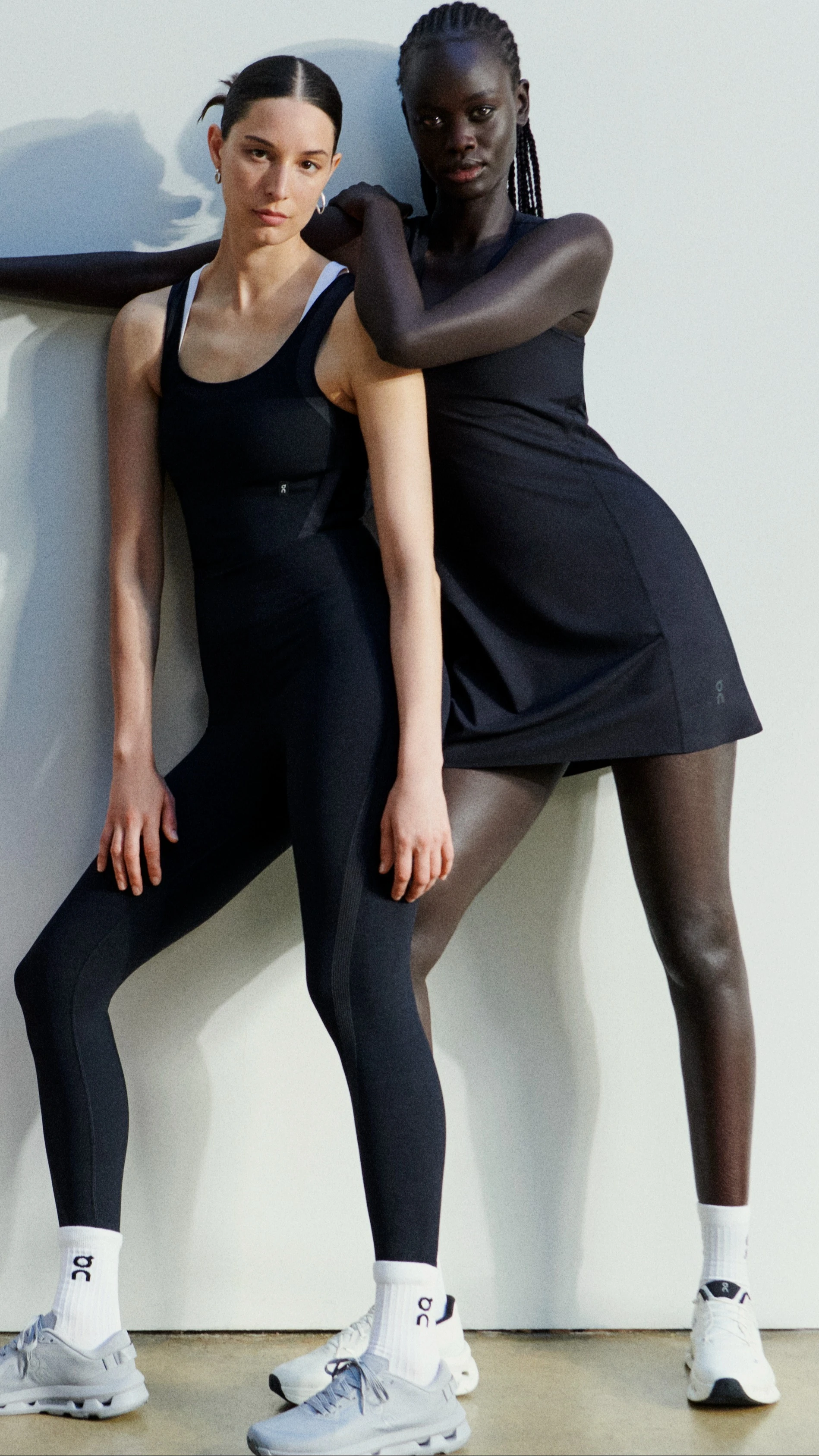

Barre looks graceful, but it burns. From pliés to pulses, here’s how to dress for support, stretch and zero distractions.


Fitness training has evolved well beyond traditional gym routines, and few workouts capture that evolution like barre. Drawing on ballet and elements of yoga and Pilates, barre is known for its small, precise movements that challenge balance, strength and control. It’s a workout for everyone. Fitness enthusiasts, anyone recovering from injury, mothers — pre- and post-natal — and men, too. Through pliés, pulses and relevés, it engages stabilizing muscles you rarely target, improving flexibility, posture and endurance. With barre classes opening everywhere, one question often comes up: what to wear to barre class? The right outfit keeps you comfortable, supports your form and allows you to fully focus on each moment.
Barre is all about precision. To keep up, your clothing needs to support a full range of motion through every plié, squat and hold.
Most barre classes run 30 minutes or more, so focus on comfort. Choose pieces that won’t chafe, slip or distract you as the burn sets in. Sometimes, light weights and resistance bands are part of class, but you’re mainly working isometric and pulsing movements you’ll feel across your whole body.
Fitted yet flexible styles are best: they move with you, and make it easier for your instructor to spot and correct your form. A matching set — soft tights, a supportive top and layers to shed — will let you stay in the practice from warm-up to cooldown.
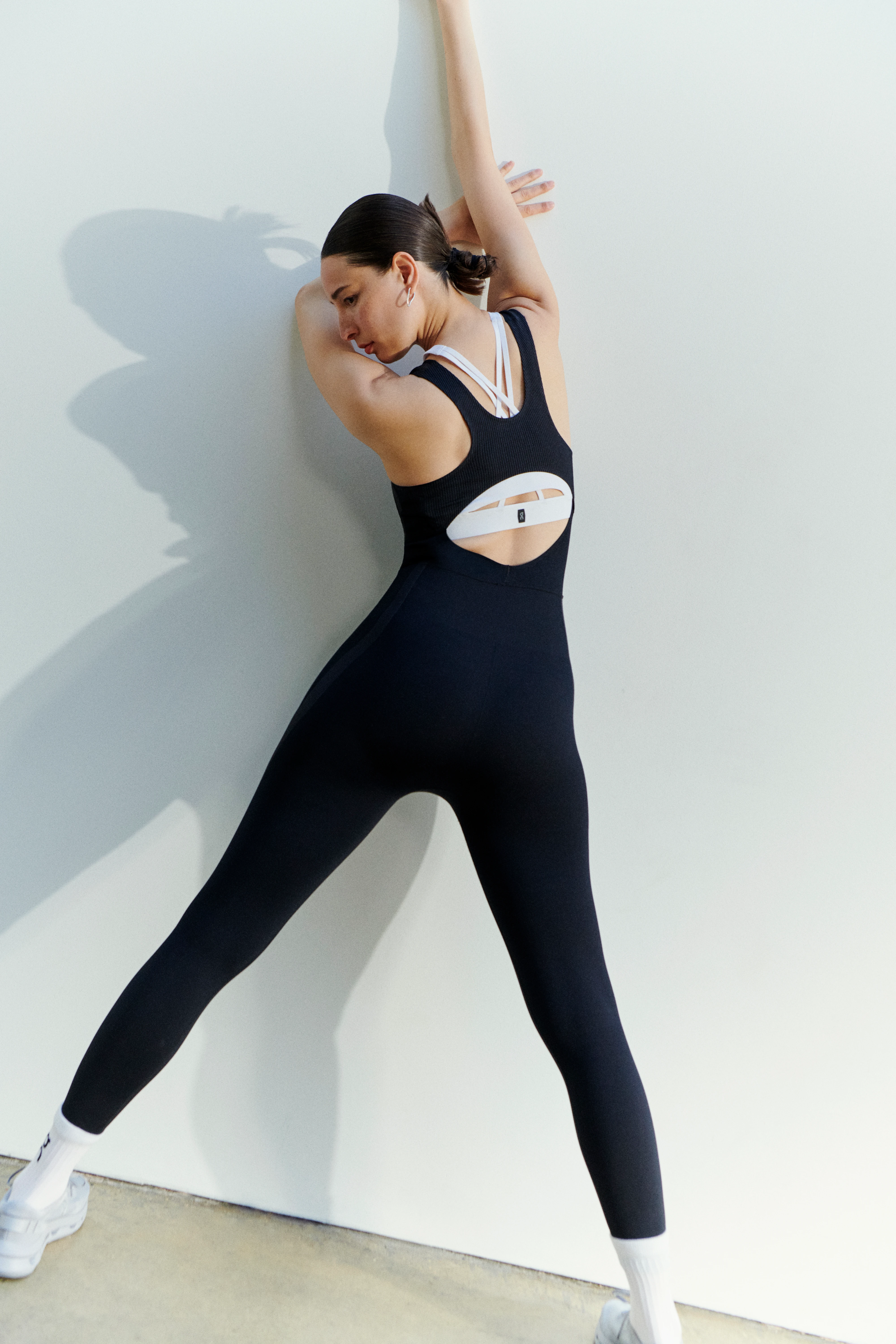

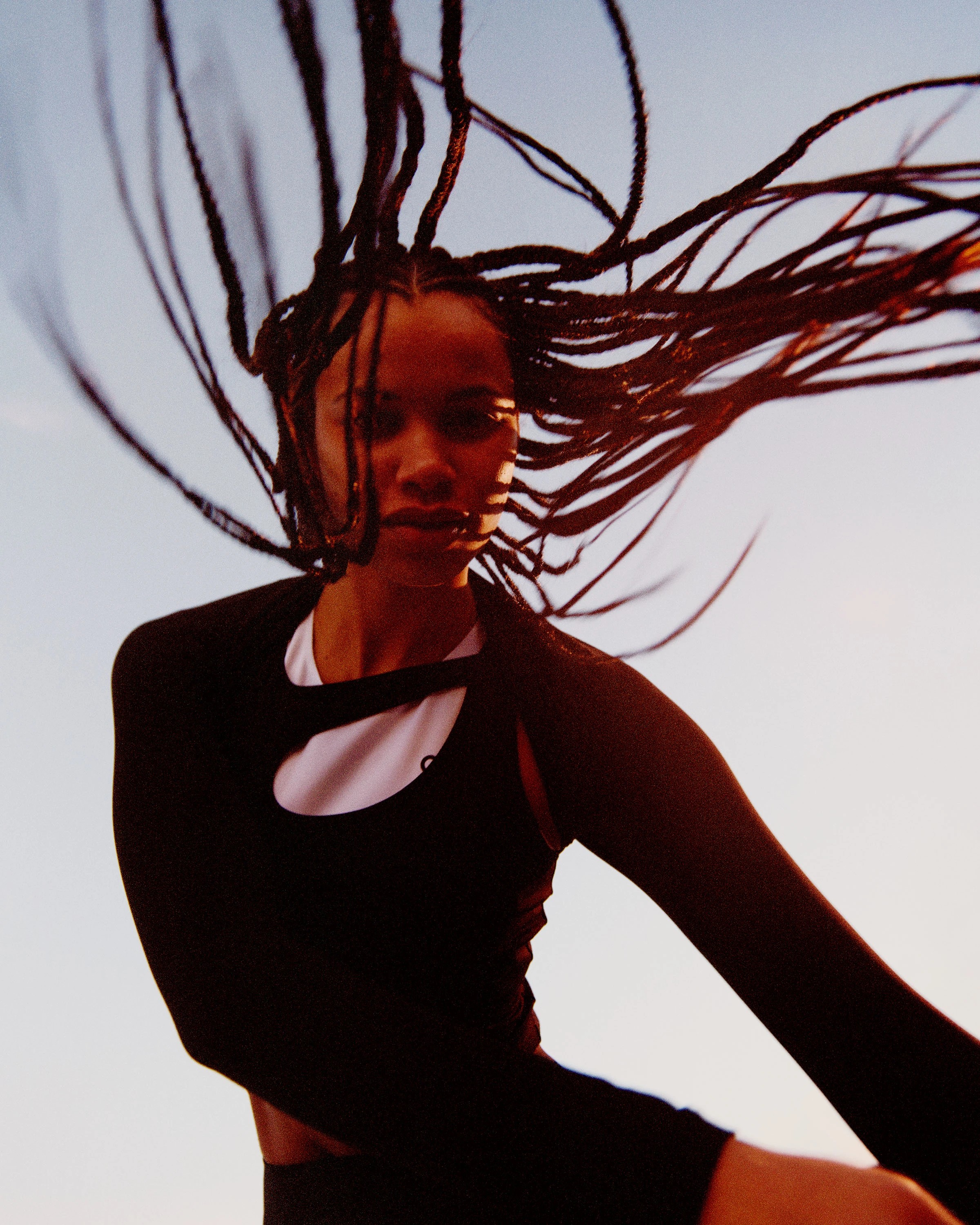

When deciding what to wear to barre class, start with tights. Since much of the workout happens on the floor, cropped or full-length leggings provide more comfort and coverage than shorts. Skip styles with zippers or clasps, which could dig in during core work or stretches.
For barre, softness and stretch in men’s and women’s tights matter more than compression. Flexibility lets you move freely through pulses and stretches while fitted silhouettes (not flared) makes it easier for instructors to check your alignment.
Choose breathable, lightweight fabrics like the Studio Tights, that stay cool in warm training environments (typical in barre studios), while supporting every pulse, hold and extension.


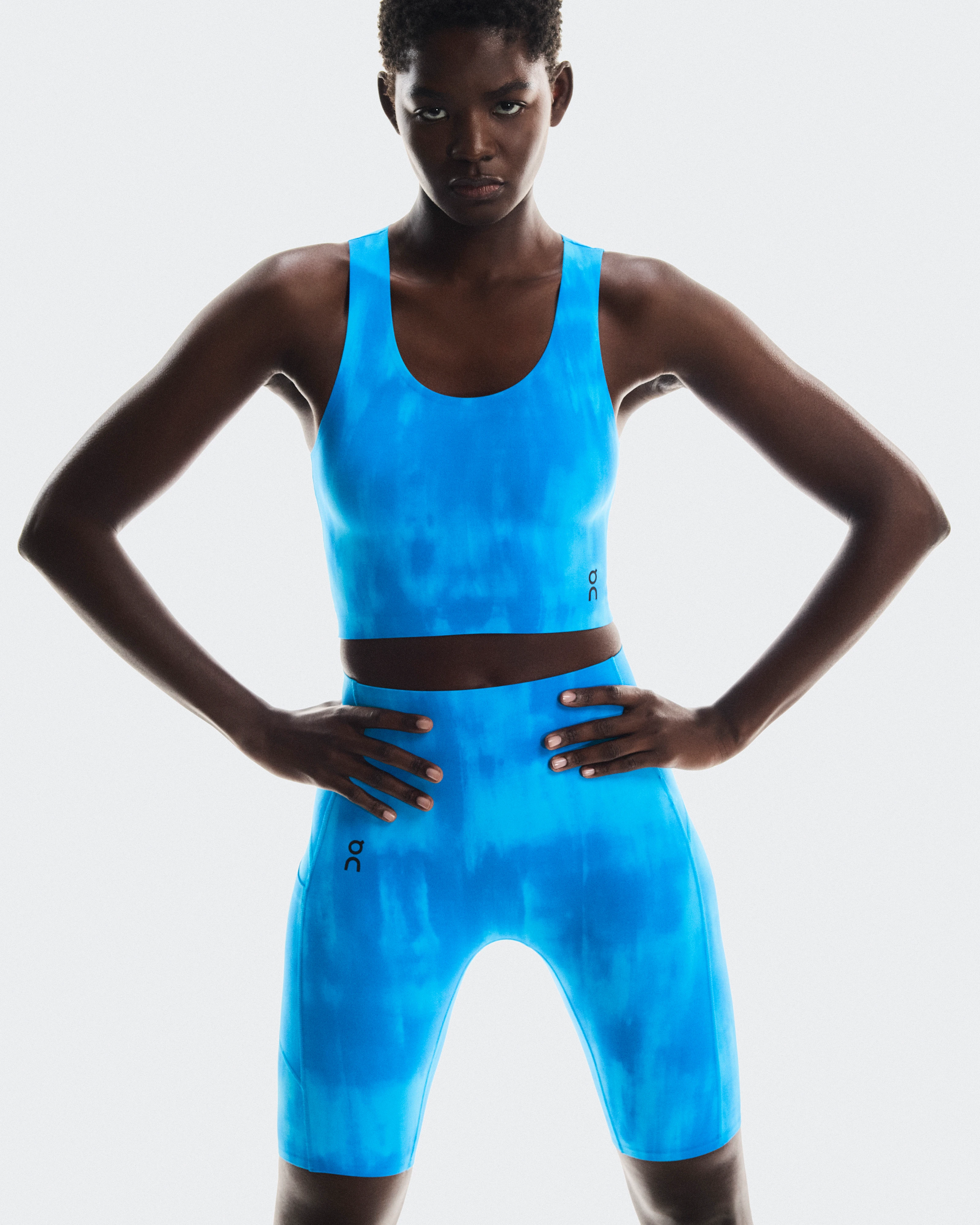

In barre, your top should be flexible enough to stretch, yet fitted enough to stay put. A closer fit also helps instructors check alignment and refine your posture.
Lightweight, breathable pieces like the Studio-T feel like a second skin, so you’re comfortable throughout class.
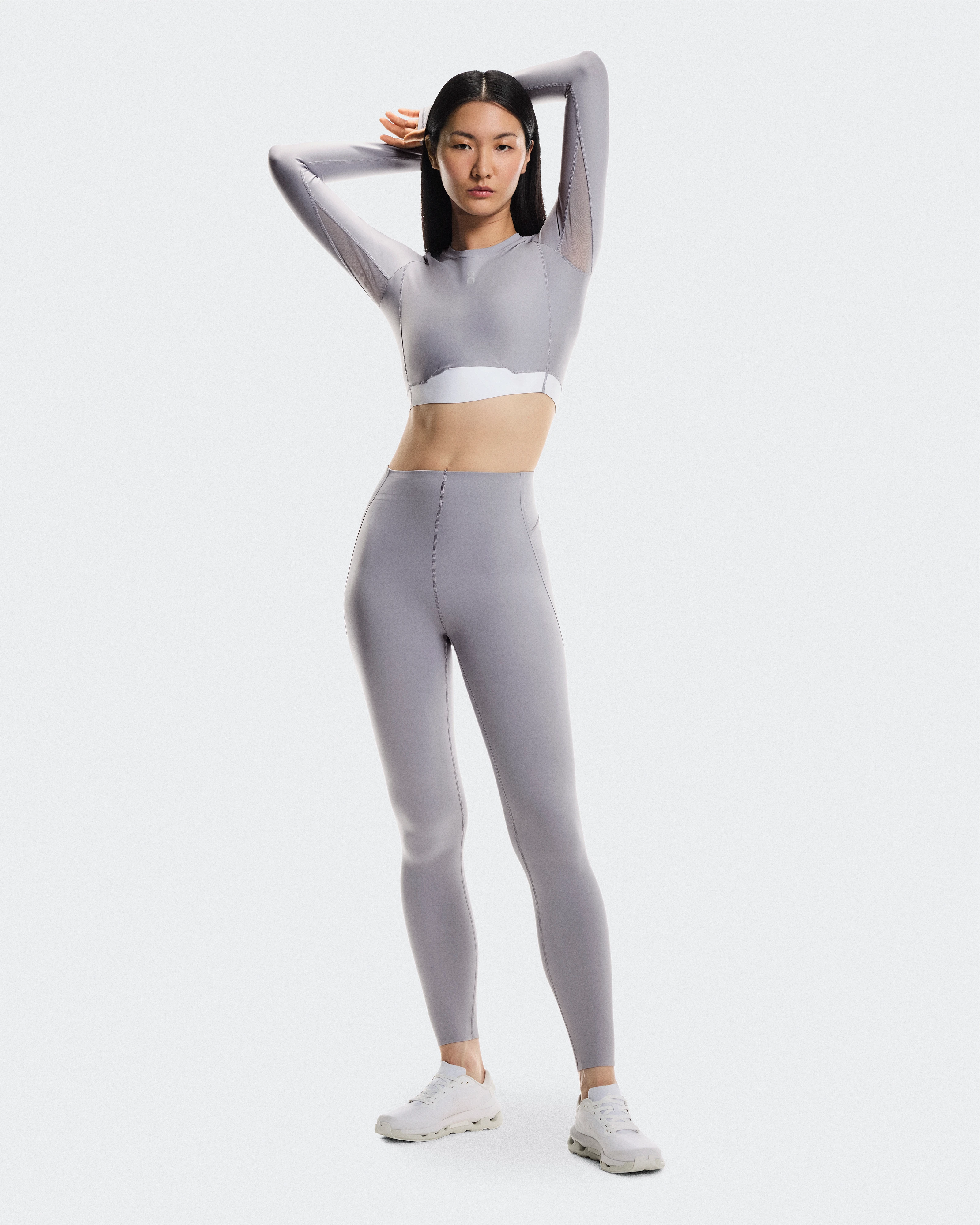

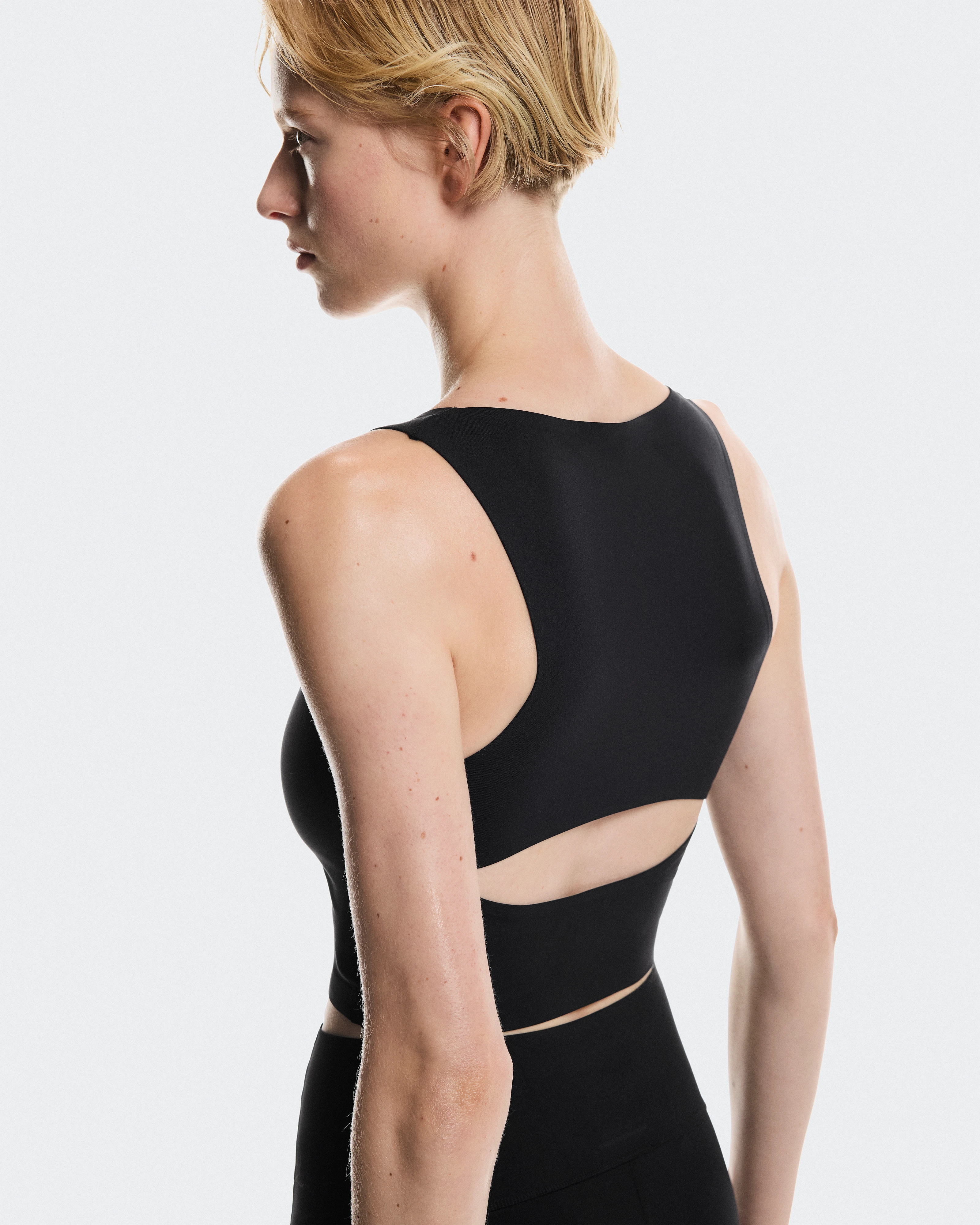

A supportive sports bra is essential for barre. Since it’s a low-impact workout, prioritize softness and flexibility over compression. Straps should sit comfortable on your shoulders without digging in.
The Studio Bra FKA, for example, uses ultra-soft fabric, smooth binding, and a mesh back to balance comfort with light support (ideal for barre).
As On Product Specialist, Natasha Chung, puts it: “All bodies are different, and the best way to understand what works for you is to try products on. Feel if they truly fit to your body. It’s helpful to check what level of support the sports bra is advertised for, and if it matches your expectations.”
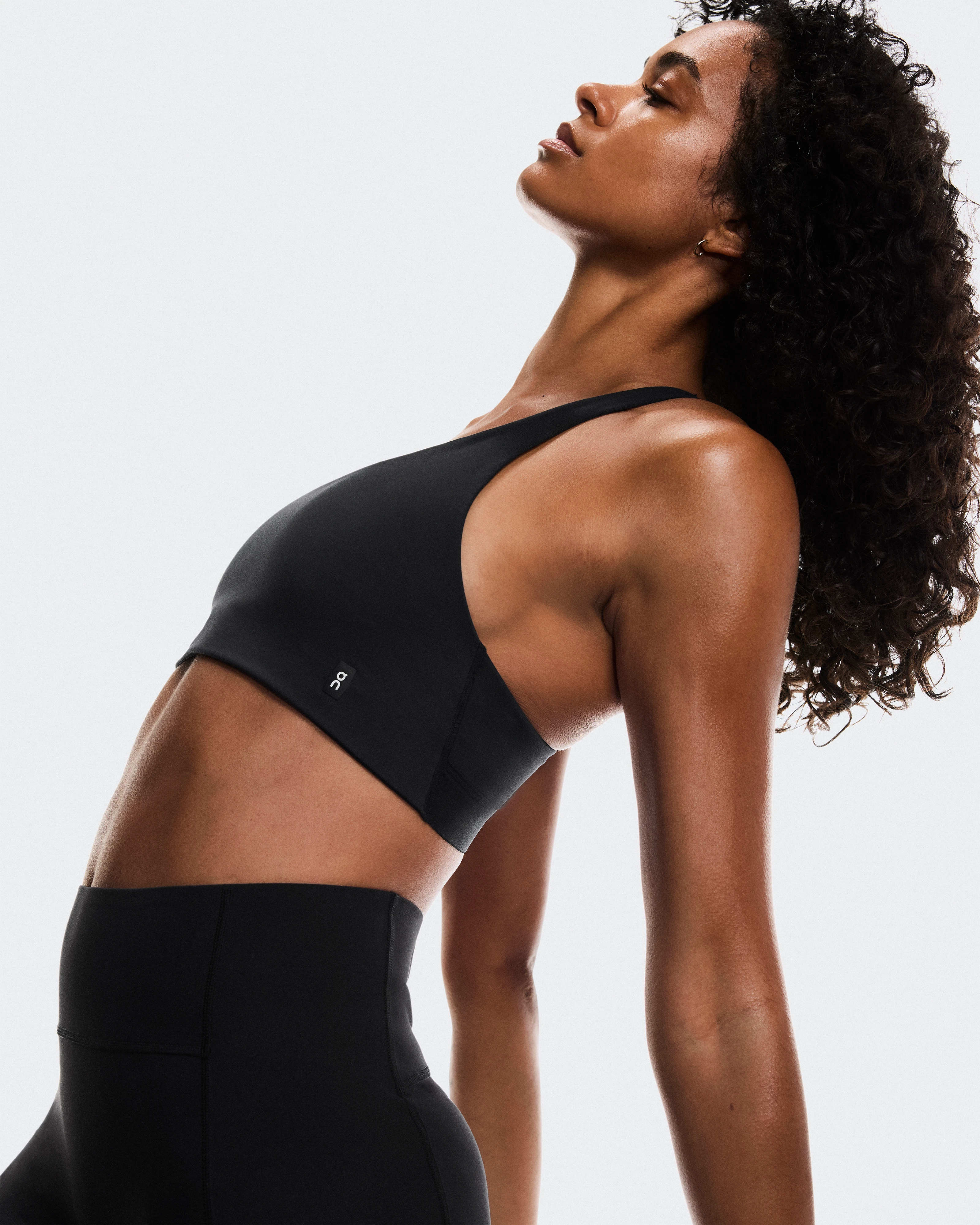

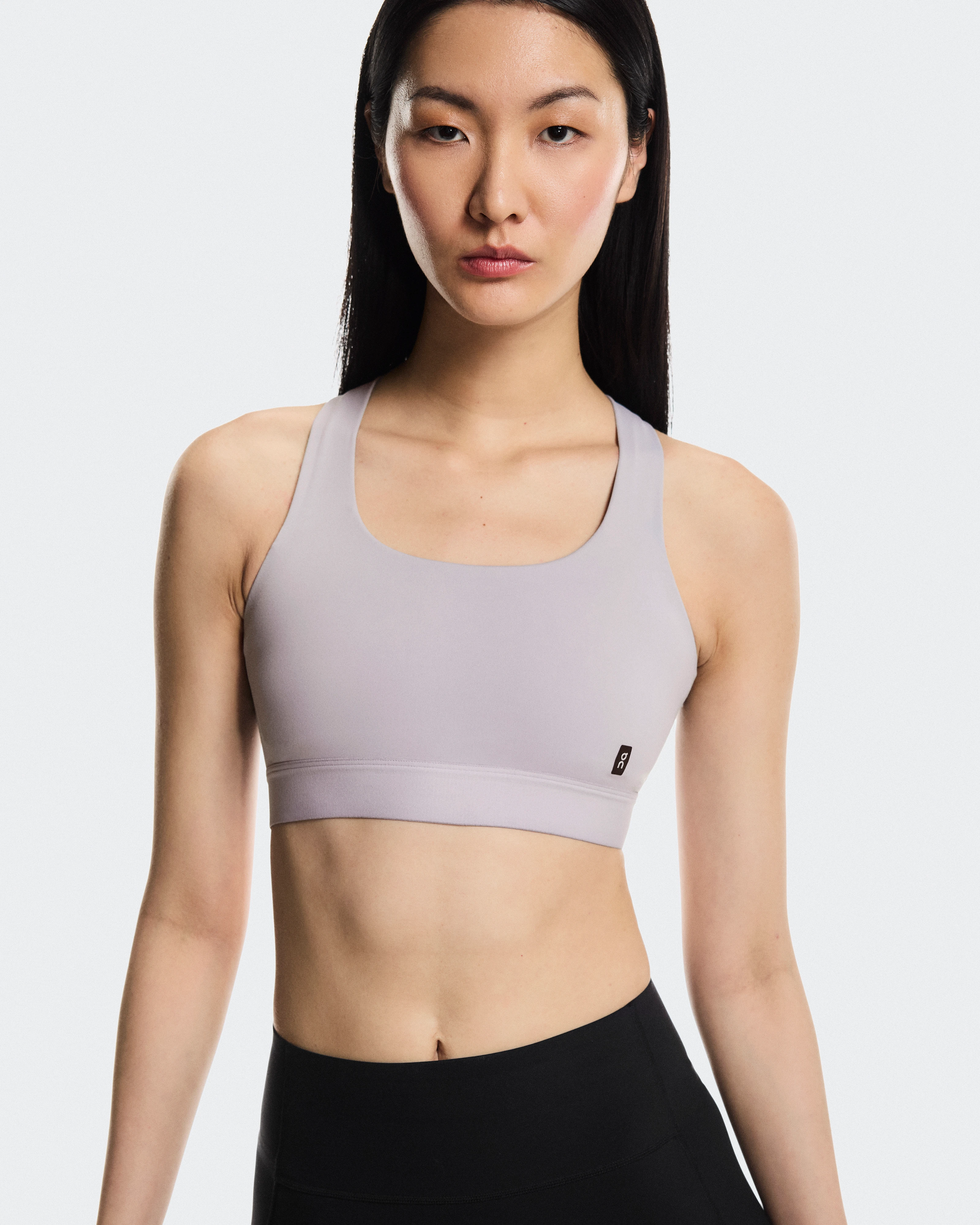

Shoes stay off in barre. Most studios will ask you to wear grippy socks (or studio socks) for hygiene and stability.
Unlike regular socks, grippy socks feature slip-resistant soles that give you traction through pliés and pulses without sliding. In barre, they’re as much about safety as performance.
Styles vary. Toe socks spread your toes for flexibility, while full-coverage designs provide more stability. Both work, it comes down to preference.
Training solo? For a barre/ballet-inspired street look, the Cloud X FKA offers breathable mesh, rubber traction, and longer laces that mirror studio movements.
Barre outfits are usually light, but layers help with warm-ups, cool studios, or early-morning commutes. A soft hoodie or sweatshirt is the perfect throw-on to stay snug to and from class.
And for something extra to wear in class, the Studio Bolero provides light protection for arms and shoulders without restricting your poses.
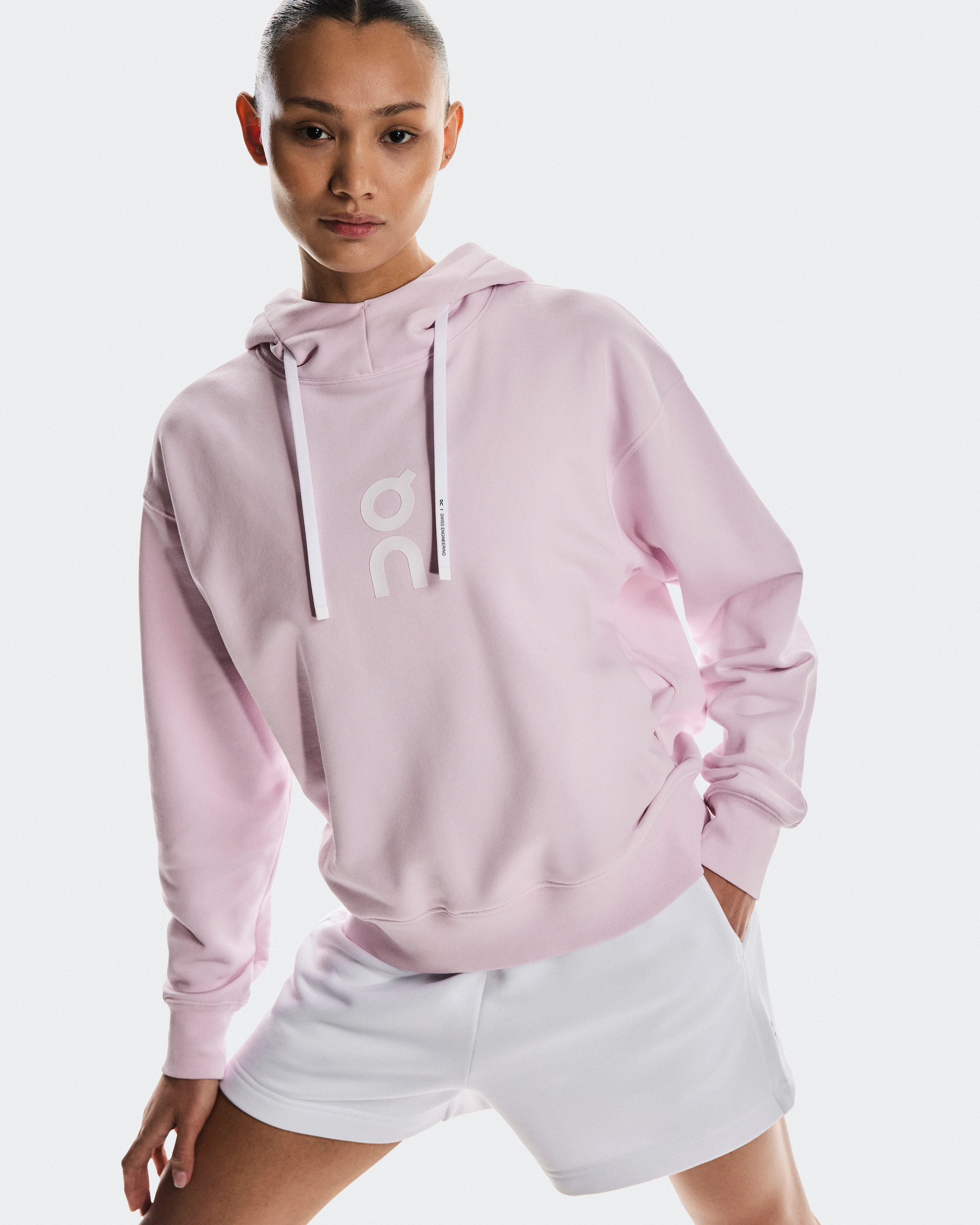



When it comes to barre, less is more. Most studios provide equipment like mats, balls, and light weights. At home, a sturdy chair can stand in for the barre.
A few small extras can make class smoother: a headband or hair tie can keep hair out of the way, a water bottle to stay hydrated and a compact gym bag for grippy socks, a change of clothes and small essentials.
Consistency matters in barre. Beginners often start with two to three classes per week, adding more as strength and endurance build. The right outfit helps you feel ready from day one.
Like tennis or running, what you wear shapes performance. The right outfit gives you flexibility, stability, and comfort so you can focus on posture and form.
When your outfit works seamlessly, you can put your energy where it counts. Into every pulse, plié and goal ahead.